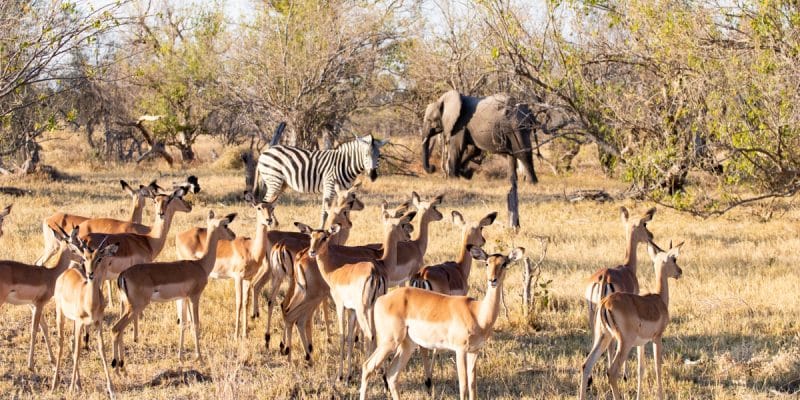South Africa has just validated two policy instruments for the preservation of its rich biodiversity. These are the revised versions of the National Biodiversity Framework and the National Protected Areas Expansion Strategy. Updates to these documents take into account the evolution of national biodiversity data and the recent biodiversity conventions signed by South Africa.
South Africa has the second richest biodiversity on the continent, after Madagascar. In order to sustainably manage this rich biological heritage, the government, meeting in cabinet council on November 18th, 2020, approved the updated national strategy for the expansion of protected areas and the revised national biodiversity framework. These policy instruments should enable the country to ensure appropriate and inclusive protection of species and ecosystems.
The revised versions of these two tools were produced using data from the National Biodiversity Assessment published in 2019 by the South African National Biodiversity Institute (SANBI). This report presents figures on freshwater ecosystems, rivers and estuaries, where freshwater fish are considered the most vulnerable species. “South Africa is a water-scarce country and pressures on biodiversity such as illegal trade in species, land degradation, habitat loss and exponential population growth are key factors that risk causing outbreaks of infectious diseases such as COVID-19,” says the South African Department of Environment, Forestry and Fisheries in a statement.
Restoration of degraded areas effective against global warming
In addition to taking into account the specificities and the evolution of South African biodiversity data, the new strategic documents validated by the government will help South Africa meet its national and international obligations, such as the Convention on Biological Diversity, and the sustainable development objectives (SDOs).
These new strategy documents, which are valid for 20 years, replace the first versions adopted 12 years ago. These tools highlight the restoration of ecosystems as an essential solution for climate and biodiversity. According to Wilfried Thuiller, from the Grenoble Alpine Ecology Laboratory, an expansion of the overall surface area of protected areas by just 5% would make it possible to triple the variety of protected species. Today, on a global scale, 14.8% of the world’s land and 5.1% of the oceans are protected areas.
Boris Ngounou







